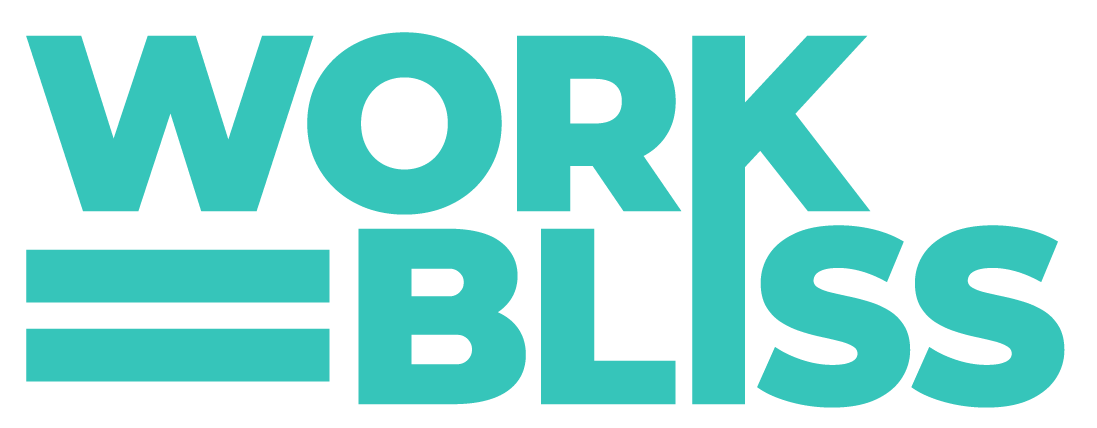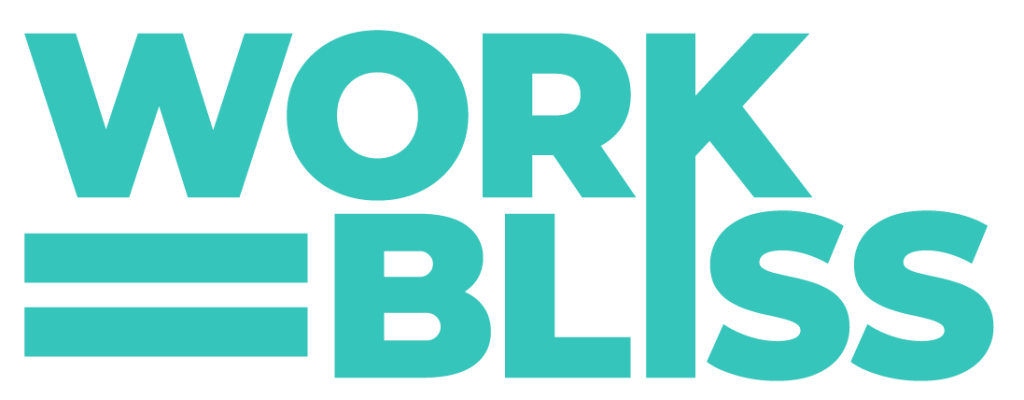The effectiveness of training programs for employees is often questioned for its practicality.
Does it actually produce results? Is the time, effort, and resources that are poured into training a worthwhile investment?
In this blog, we’ll go over how skill gap analysis can transform your training efforts into tangible skill sets. Giving you insight on what the best course of action is for your employee training efforts.
How Training Investments Can Be More Than Just a Cost
Investing in training is a significant commitment for any organization, involving not only a substantial allocation of financial resources but also a significant investment of time and effort.
The confusion lies in making the improvement in skills tangible – a task that is often fraught with ambiguity. Without clear, concrete evidence of such development, the actual impact and value of these training efforts remain murky – leading to questions about their overall effectiveness and the justification of their cost.
This scenario puts companies in a bind, forcing them to strive for more than just superficial participation in training, but rather a measurable, impactful change in the skills of their employees.
How Skill Management Platforms Can Bridge the Training Gap
In an effort to align training and skills acquisition more effectively, skills management platforms have proven to be a game-changing solution.
And organizations often face the challenge of managing training programs without having a clear view of the skills landscape of their workforce. Skill management platforms solve this problem by providing a comprehensive overview of employees’ current skills.
It enables a data-driven approach to training by identifying precise skill gaps and allowing companies to customize training programs to meet specific needs.
This, in turn, forms the basis for calculating a robust return on investment (ROI) based on a deep understanding of the skills that make the organization successful.
Why Ignoring Skill Mapping Can Derail Your Training Goals
Neglecting skill mapping is like sailing in uncharted waters, especially when it comes to measuring and maximizing the return on investment of training. Skills are the foundation for effective job performance and professional growth.
Without skill mapping, training initiatives run the risk of becoming aimless exercises that have nothing to do with the actual needs and skills of employees.
This oversight can lead to misaligned training efforts, where the skills taught neither complement nor enhance the existing repertoire of skills. As a result, training may fail to fill skill gaps or, worse, expend resources on areas that don’t need development.
Does Your Skill Tracking Tool Really Measure Mastery?
While learning management systems (LMS) and talent management systems have their merits, they’re not tailored to effectively track and manage skills.
They might provide a broad overview of completed courses or certifications, but they fall short in capturing the nuances of actual skill mastery. Think of it as having a catalog of books without knowing whether someone has truly absorbed the knowledge within those pages.
How a Holistic Approach Can Unlock Potential ROI
To unlock the full potential of training ROI, you need to go beyond surface-level metrics and look at the subtleties of skills acquisition. It’s not just about knowing which courses have been completed – it’s about understanding which skills have actually improved and can be applied to the task at hand. This requires a holistic approach that encompasses several key factors:
- Job Requirements: To measure ROI effectively, you must intimately understand what a job role demands in terms of skills and competencies.
- Current Skill Landscape: Assess where your employees currently stand by clearly identifying their existing skill levels.
- Skill Gap Identification: Once you’re equipped with a clear picture of the required skills and the existing ones, you can identify the gaps that need to be addressed.
- Post-Development Evaluation: The journey doesn’t end with training completion. Rigorous testing and assessment are needed to ensure that skills have truly evolved.
Conclusion
In the quest for effective training, skill gap analysis stands as the cornerstone. And traditional systems fall short of providing the depth needed to assess genuine skill enhancement.
Embracing a comprehensive skills management platform enables a data-driven approach that bridges the training-skill gap. And with a clear grasp of job requirements, current skills, gaps, and progress evaluation – organizations can unlock the true potential of their training investments.



